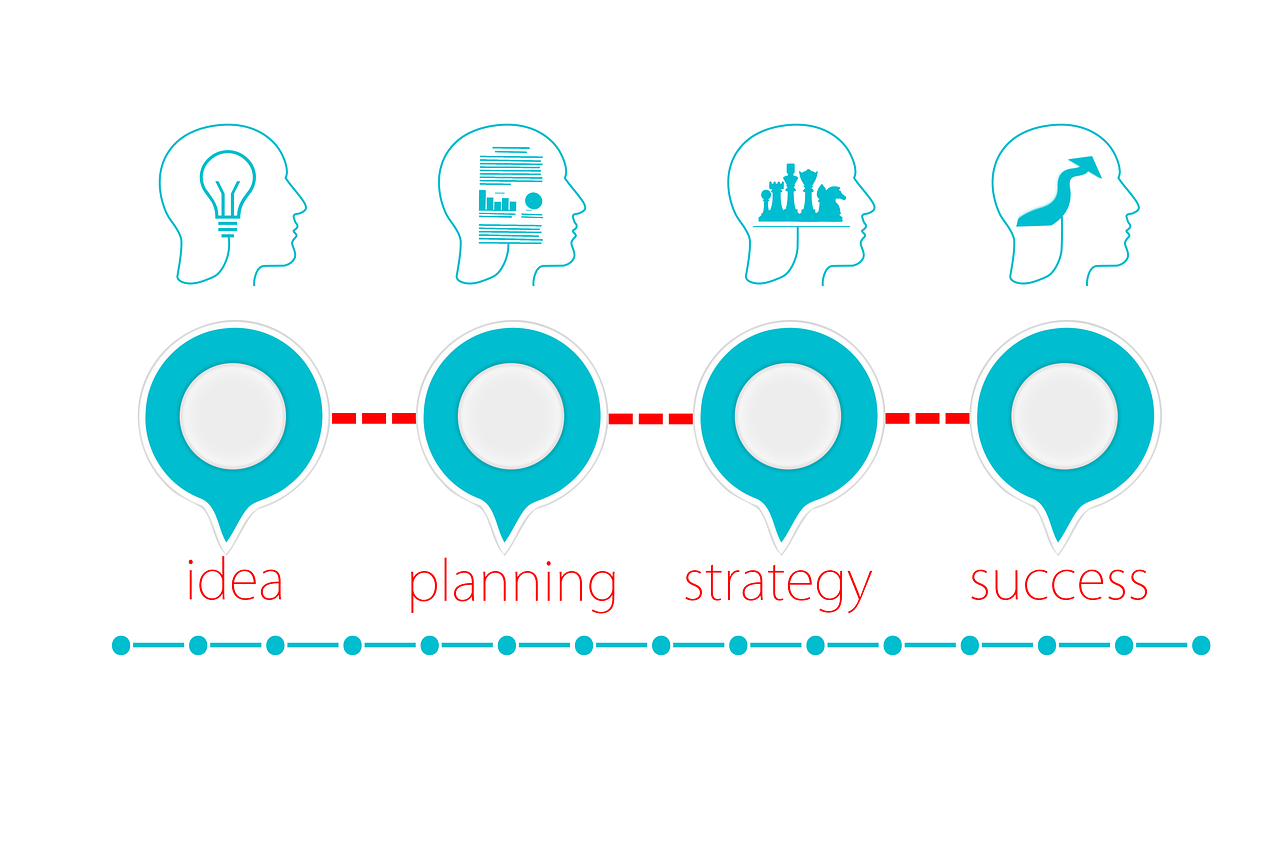Planning a project and conducting a strategic analysis should be a key activity for a project manager no matter what industry they work in.
Although digital technologies and the online environment have changed in virtually every industry, the skills, tools and techniques for project planning continue to be relevant.
CONTENT
This requires the project manager to achieve a clear and thorough understanding of the project requirements, business environment and a broad spectrum of other factors to develop the best plan.
This poses the following question: What type of tool or strategy is considered “best practice” in project management?
We have already discussed extensively the techniques available to define a project management strategy. Although there is a wide range of techniques currently available, today we will be focusing on the one called SWOT.
What does SWOT mean?
SWOT stands for SWOT analysis or SWOT matrix.
The name is an acronym and stands for a project’s strengths, weaknesses, opportunities and threats.
SWOT is a strategic planning technique that recognizes these four factors in any project plan.
In this way, the SWOT approach helps the project manager narrow down project goals, while also pinpointing which internal and external factors can help or constrain efforts to achieve these goals.
The SWOT analysis uses a question and answer methodology to collect information:
- Strengths are inherent qualities of the project that can provide an advantage.
- Weakness are the characteristics of a project that put it at a disadvantage.
- Opportunities are external elements – environmental conditions or circumstances – that are related to the strengths of a project, giving it an advantage.
- Threats, instead, are the elements that capitalize on the weaknesses, reducing the effectiveness of the project.
Given the importance of such analysis for resource allocation, determining the strengths and weaknesses of a project, as well as situations to optimize both, becomes a must.
When to use the SWOT technique
SWOT analysis can be used for a wide range of purposes and can fit virtually any situation.
SWOT can be used when assessing a project, but also during the project itself to pinpoint obstacles and know how to overcome them in the best possible way.
Moreover, if a project becomes stagnant, does not progress, evaluating strengths, weaknesses, opportunities and threats can open your eyes to new possibilities.
Lastly, when you introduce a project plan to business leaders, shareholders or key stakeholders, having a SWOT matrix in the presentation will provide the necessary credibility to the plan.
Here are a couple of more specific applications for SWOT analysis.
Strategy
Whatever effort is made to develop a corporate, social or personal strategy can benefit from SWOT analysis.
Clarifying precisely what resources, limitations, opportunities and problems are to be faced in a project can help define the type of strategy that a team or individual might adopt.
If, for example, there is a strong link between strengths and opportunities, if the external environment aligns strongly with positive internal factors, the strategy may involve a more aggressive search for all opportunities.
If, on the other hand, the negative external and internal factors are aligned and weaknesses and threats are strongly linked, then it must be assumed that there is a higher risk level also for small opportunities and the strategy to be adopted must be more risk-averse.
Matching and converting
SWOT can extend beyond the strategic level and this can be done through two separate processes: matching and conversion.
- Matching: After determining strengths and opportunities, simply connect each strength with the opportunity that allows a team to make the most of it. For example, if a company is strong in IT knowledge, it should be linked to any opportunity to use that pool of skills.
Conversion: Once a team is aware of its weaknesses and threats, it can look at the conditions under which they could be considered strengths or opportunities. This step, which is simple on paper, can be difficult to be actually put into practice. Here is an example: a company may identify an existing product line that does not meet the needs of the market as a threat.
If the company has no way to redesign this product line, it may be looking for markets that may need the products the way they are. Basically, conversion turns a threat into an opportunity.
Business Plan
For large organizations, strategic planning is only one part of the overall planning process.
SWOT is therefore great for evaluating the whole organization: current conditions, existing products and services and their expected life cycle.
SWOT analysis benefits
We already mentioned many of the advantages of SWOT analysis, yet they are worth listing.The use of a SWOT matrix:
- Allows a team to determine how feasible a project is.
- Allows team members to view the results and actions needed to achieve their goal.
- It is very useful to collect and interpret information useful to optimize a project’s work efforts.
- It is good for determining what factors are critical to achieving the organization’s overall goal.
SWOT analysis limitations
Despite its value, SWOT analysis (like all things) is not perfect and there are some things to take into account when using it.
SWOT analysis can potentially be improperly used, especially by the less knowledgeable individuals, and this can lead to an ill-informed or distorted presentation of strengths, weaknesses, opportunities and threats, thus leading to an incorrect strategy.
Furthermore, a SWOT matrix only creates a list of positive and negative factors and cannot devise strategies or goals on its own. This is how it also becomes essential to be able to interpret it correctly.





